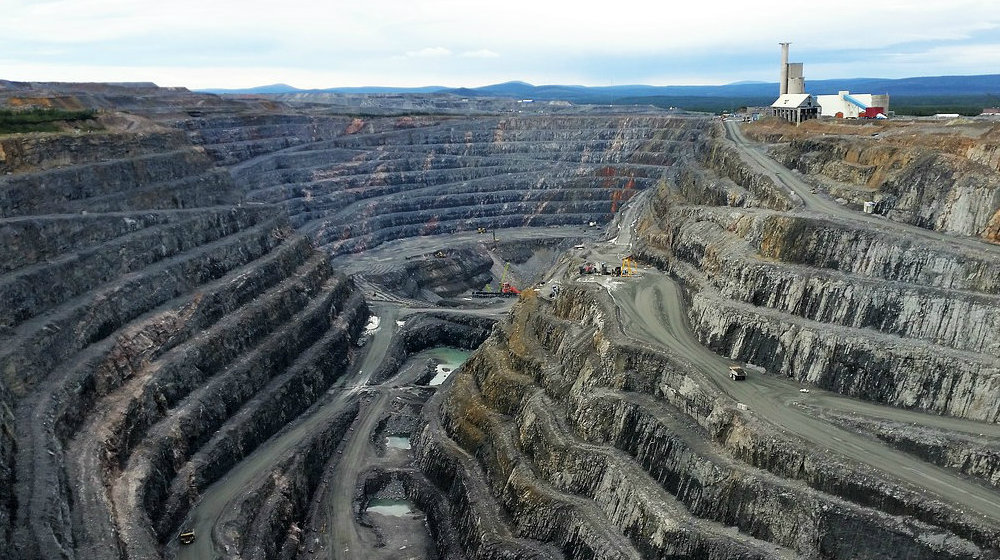Fears of a market correction and growing concern over the outlook for the global economy going into 2019 have caused stocks to fall sharply in recent weeks. The S&P TSX Composite Index, despite rallying, is still down by 13% since the start of 2018.
Some industries, such as mining, have been marked down even more heavily because of growing alarm that a combination of lower growth, a firmer U.S. dollar, and decreased Chinese manufacturing activity will precipitate another commodities slump.
For those reasons, copper miner First Quantum Minerals (TSX:FM) has seen its value fall by over 40% or more than triple the decline of the broader index. This has created an opportunity for contrarian investors seeking to bet on renewed economic growth in 2019.
Now what?
A key factor that has been weighing on First Quantum’s value is slowing manufacturing activity in China. There is considerable concern that a weaker Chinese economy, a trade war between China and the U.S., as well as a firmer U.S. dollar will cause the demand for copper and other base metals to deteriorate. Copper has already lost 17% since the start of 2018, and if it weakens further it will weigh on First Quantum’s performance because the metal is responsible for generating most of its earnings.
Despite weaker copper prices during the third quarter 2018 compared to the same period in 2017, First Quantum reported a significant improvement in profitability. Net income for the quarter was $61 million, which was a notable improvement over the $52 million loss reported a year earlier. Comparative EBITDA for the period of US$427 million was a whopping 40% greater than the third quarter 2017.
That solid lift in First Quantum’s financial performance can be attributed to higher copper production rising by 4% year over year to 151,241 tonnes. First Quantum’s gold production for the period disappointingly fell by 5%, and all-in sustaining costs rose by 5% to US$1.83 per pound of copper produced.
The solid improvement in First Quantum’s financial performance, despite weaker copper, was the result of its hedging program; the company established a series of risk-management contracts aimed at minimizing the impact of softer metal prices. This means that First Quantum should continue to perform, despite the gloomy outlook for the widely used industrial metal.
Nevertheless, changes to Zambia’s taxation regime, which are due to be introduced in January 2019, will impact First Quantum’s earnings because its flagship Kansanshi mine, which is responsible for 42% of its copper production, is located in that jurisdiction.
First Quantum can continue growing production at a decent clip because of its 8% interest in the Cobre Panama Project in Panama, which is 81% complete and will commence operations in 2019. During its first year, the mine is expected to produce 150,000 tonnes of copper concentrate, which will then ramp up to around 350,000 tonnes by 2021.
It should also be noted that many of the risks that have the potential to damage the global economy, notably a trade war between the U.S. and China, are diminishing. This means — along with Beijing flagging the potential for further fiscal stimulus during 2019 to invigorate the domestic economy — that global growth may not weaken as substantially as anticipated. That would be good news for copper prices and First Quantum.
So what?
The sharp sell-off of First Quantum’s stock has created an opportunity for contrarian investors who are willing to bet against the prevailing view that a recession will occur during 2019. If that doesn’t occur, First Quantum’s stock will soar as copper firms and its earnings improve.







